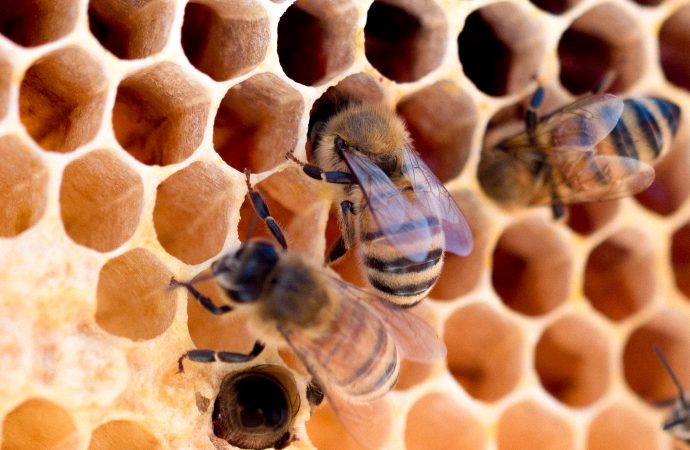Bee attacks can be a terrifying experience and can result in serious injury or even death. While bees are essential to our ecosystem, it’s important to know how to prevent and respond to bee attacks to ensure your safety. Here are some tips on how to prevent and respond to bee attacks. Prevention The best
Bee attacks can be a terrifying experience and can result in serious injury or even death. While bees are essential to our ecosystem, it’s important to know how to prevent and respond to bee attacks to ensure your safety. Here are some tips on how to prevent and respond to bee attacks.
Prevention
The best way to prevent a bee attack is to avoid attracting bees in the first place. Here are some preventative measures to take:
- Avoid wearing bright colors or floral patterns. These can attract bees.
- Refrain from wearing perfumes, lotions, or hair products with strong fragrances. These can also attract bees.
- Keep food and drinks covered when outdoors. Bees are attracted to sugary substances.
- Keep garbage cans and compost piles away from high traffic areas. These can attract bees searching for food.
- Stay away from beehives and avoid disturbing them. If you come across a beehive, keep a safe distance and do not approach it.
Response
If you find yourself in a situation where you are being attacked by bees, there are steps you can take to minimize the risk of injury or death. Here’s what you should do:
- Run away as fast as you can. Bees release pheromones that attract other bees to the target, so it’s important to create as much distance as possible.
- Cover your face and head with your arms. Bees tend to target the face and head, so protecting these areas can minimize the risk of getting stung in these sensitive areas.
- Seek shelter as quickly as possible. Find a closed space, such as a car or building, to take cover in. If you are outdoors, look for a place with dense vegetation to shield yourself from the bees.
- Wait it out. Bees will typically stop attacking once they have lost sight of their target, so waiting a few minutes can make a big difference. Do not leave the shelter until you are sure the bees have left the area.
- Check for stingers and remove them immediately. Bees often leave their stingers in the skin after stinging, and it’s important to remove them as soon as possible. Gently scrape the stinger out with a credit card or fingernail, being careful not to squeeze it, which can inject more venom into the skin.
- Clean the affected area with soap and water. Apply a cold compress, such as ice or a cold pack, to reduce swelling and discomfort. If you are experiencing symptoms of an allergic reaction, seek medical attention immediately.
Conclusion
Preventing bee attacks is crucial to ensuring your safety and well-being. By taking preventative measures, such as avoiding bright colors and floral patterns and keeping food and drinks covered, you can minimize the risk of attracting bees. In the event of a bee attack, running away, seeking shelter, and checking for stingers and removing them can make a big difference in minimizing the impact of the attack. By following these tips, you can increase your chances of preventing bee attacks and responding effectively in the event of an attack.

















Leave a Comment
Your email address will not be published. Required fields are marked with *